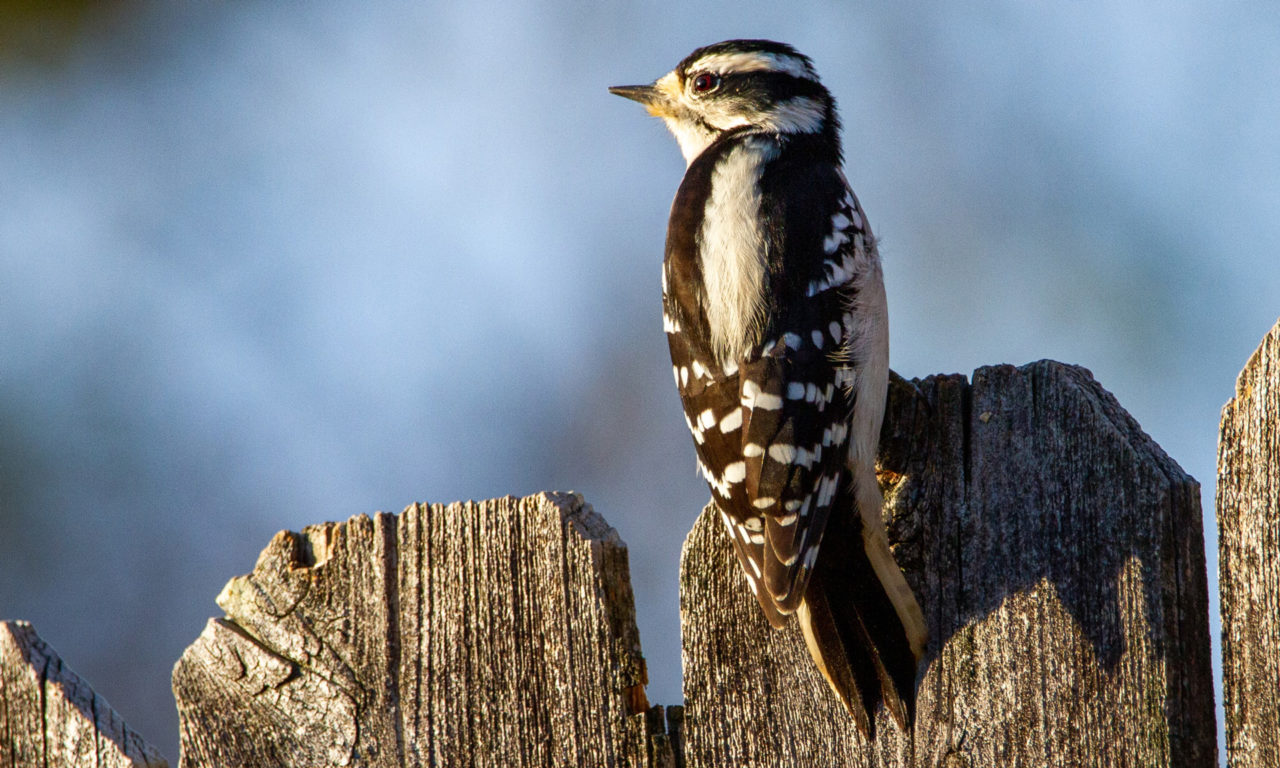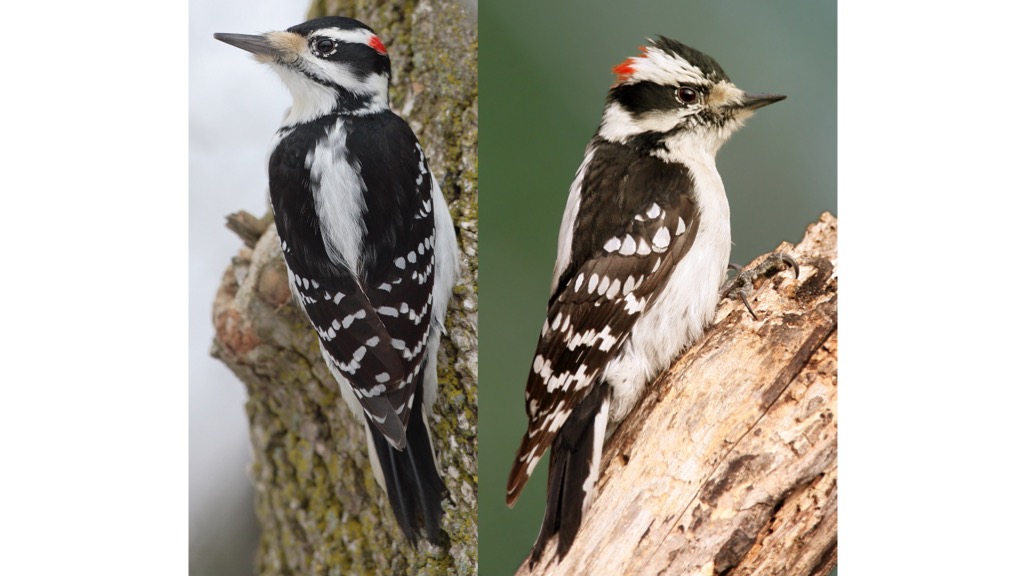Observing Woodpeckers in Florida: Species Variety and Distribution
Wiki Article
Unveiling the Secrets of Woodpeckers: Actions, Habitat, and Much More
Woodpeckers, with their special behaviors and specialized adaptations, have long fascinated scientists and nature fanatics alike. By revealing the enigmas bordering woodpeckers' habits and habitat choices, a deeper understanding of these bird marvels emerges, using a peek into their interesting world.Woodpecker Actions Insights
In taking a look at woodpecker habits, a remarkable screen of specialized skills and adjustments emerges, losing light on their remarkable environmental niche - Woodpeckers in Florida. Woodpeckers, understood for their unique drumming on trees, possess a range of behavior qualities that add to their survival and success in their setting. One essential actions is their drumming, which offers numerous functions such as interaction, establishing territory, attracting companions, and finding food sources. This rhythmic pecking additionally showcases their impressive stamina and endurance, as they can hammer away constantly at broadband without triggering damage to themselves.Additionally, woodpeckers show an one-of-a-kind feeding actions identified by their capability to essence pests from tree bark using their specialized beaks. Their lengthy, barbed tongues help in recording prey, while their strong neck muscular tissues offer security and accuracy throughout pecking activities. This feeding method allows woodpeckers to accessibility covert insect larvae and remove them with remarkable efficiency.
Environment Preferences and Option
What aspects influence the environment choices and selection of woodpeckers? Woodpeckers are highly adaptable birds understood to inhabit various settings worldwide. They do exhibit preferences for specific environment attributes. One important factor affecting woodpecker habitat selection is the accessibility of appropriate nesting sites. Woodpeckers typically prefer forests with a mix of mature trees that provide adequate chances for cavity excavation. These tooth cavities serve as vital nesting and roosting sites for woodpeckers and are vital for their breeding success.Furthermore, woodpeckers show a choice for environments with a plentiful supply of food resources. They are mainly insectivorous, preying on beetles, ants, larvae, and other bugs located in decaying wood or tree bark. Woodpeckers often tend to favor wooded locations with a diverse insect population to fulfill their dietary requirements.
Moreover, the presence of dead or worn out trees is an additional vital consider woodpecker habitat option. These trees not just give food sources however likewise supply suitable substratum for cavity excavation. Dead trees are crucial for the maintenance of healthy woodpecker populaces, as they play an important duty in the woodpeckers' life see here process and ecosystem dynamics.
Feeding Practices and Diet Plan Composition
Woodpeckers show a specialized feeding actions concentrated on foraging for bugs within numerous environments. In addition to insects, woodpeckers likewise take in tree sap, fruits, nuts, and seeds, including range to their diet depending on the season and availability of food sources.The foraging strategies of woodpeckers are well-adapted to their arboreal way of life (Woodpeckers in Florida). Their ability to excavate wood not just supplies them with food however likewise helps in producing nesting tooth cavities and developing areas. Woodpeckers play an important role in maintaining the health and wellness of woodlands by controlling insect populaces and assisting in go now the decomposition of wood. Understanding their feeding behaviors and diet make-up is crucial for preservation efforts focused on preserving these one-of-a-kind and important birds.
Drumming Seems and Communication
Making use of quick drumming audios on various surfaces, woodpeckers use a distinctive type of communication to signal region limits and attract mates. This drumming behavior is not only a way of interaction but additionally functions as a means for woodpeckers to establish their visibility within a certain area. The intensity, rate, and pattern of the drumming can communicate important details to various other woodpeckers in the area.Woodpeckers use drumming noises to introduce their visibility in a territory and to advise off possible intruders. The loud and repetitive nature of the drumming functions as Learn More Here a clear signal to various other woodpeckers that the area is already claimed. This aids in minimizing conflicts and decreasing physical battles between people.

Survival Adaptations and Specialized Anatomy

Verdict
Finally, woodpeckers display special habits, such as drumming sounds for interaction, and have actually specialized composition for survival in their chosen environments. Their feeding routines and diet regimen structure further show their adaptability to numerous environments. By recognizing these elements of woodpeckers, researchers and preservationists can better safeguard and protect these fascinating birds and their environments.Report this wiki page